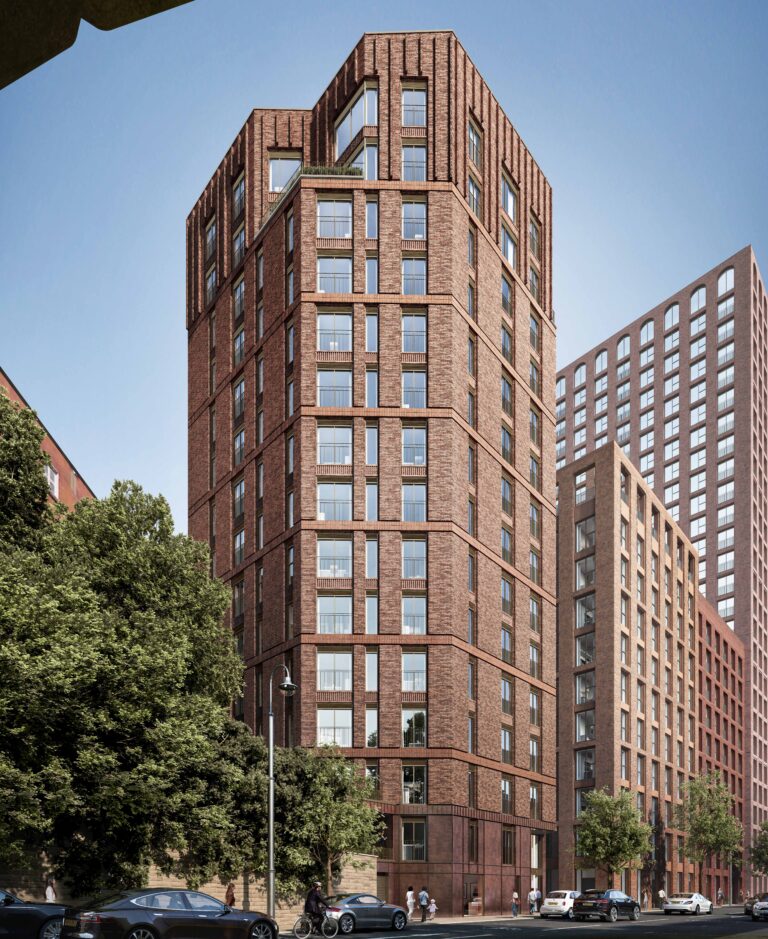Houses in multiple occupation (HMOs) sometimes get a bad rap, but they are an investment option more and more landlords are turning to in order to grow their profits.
Diversifying your investment portfolio can provide a buffer against wider market volatility, with investors sometimes opting for a variety of property types as well as locations in order to spread their risk.
This is where HMOs have become increasingly popular, as landlords are drawn to the property type thanks to the higher yields that they can offer compared with a standard buy-to-let. However, there are downsides, too, such as greater management levels needed as well as the additional regulations that apply.
HMOs in numbers
New research released by COHO, which analysed figures from the Office for National Statistics (ONS), has found that the average HMO in England and Wales is valued at £293,197. Per property, landlords are generating an average annual income of £29,750, making them a particularly high-yielding option.
In London, where house prices are the highest, the average HMO costs £660,227, and brings in annual rental returns of £40,169.
In total, the HMO market is worth an estimated £78bn, says the platform, generating £6.3bn in rental income each year across a total of around 182,554 HMOs across England and Wales. Three quarters of these are standard HMOs (with three or four unrelated occupants), while the remaining quarter are large HMOs with five-plus tenants.
Buy-to-lets in numbers
The latest figures from Rightmove put the average asking rent across all buy-to-lets in England and Wales at £1,526 per month, meaning a total annual rental return of £18,312 for landlords. This is with the average priced buy-to-let property, according to the latest available data, of around £270,000 – although this a general figure that does not reflect vast regional and location-specific variations.
Recent research from Fleet Mortgages also puts average buy-to-let rental yields at 7.4% in the first quarter of this year, up from 7.1% during the same timeframe last year. Borrowing costs are also lower now than they were a year ago, with predictions that mortgage rates are set to fall over the course of the year.
Yields rise to 9.2% and 8.4% in the North East and North West respectively, while in Greater London and the South East the average landlord generates yields of 6% and 6.5% respectively.
Should I invest in an HMO?
HMOs can generate significantly higher yields than traditional buy-to-lets, particularly when they are of a high standard and placed in sought-after locations to appeal to the typical demographic – this includes being located close to major employment sites or with easy public transport access to town and city centres.
The fact that HMO tenants all have separate tenancy agreements reduces overall void periods, meaning it is very unlikely an HMO property will sit completely empty. By contrast, a traditional buy-to-let involves one tenancy agreement for the whole property, so when the household moves out, the property is vacant until a new tenant is found. This is one of the factors affecting the stronger yields for HMOs.
In the current climate, rental yields are particularly important to landlords as they can offset other costs such as mortgage outgoings. Another factors to consider is rising tenant demand, with HMOs offering an ideal opportunity to boost rental supply and capitalise on the strong appetite.
However, there is more to consider when weighing up HMOs against standard buy-to-lets.
There is more regulatory compliance associated with an HMO: the property must meet specific health and safety requirements, as well as minimum room sizes. Depending on the size and location of the property, you may also need to obtain a licence to operate, with more and more councils entering the HMO licensing scheme.
You may also find a higher tenancy turnover rate than in a standard buy-to-let, as people tend to sign up on an individual basis which may be more short-term than, for example, a family or group of friends renting a house. This means more property management, which is why most HMO landlords use a management company.
In terms of borrowing costs, standard buy-to-let mortgages can be cheaper and easier to come by than HMO mortgages, although a growing number of lenders are offering products for this property type due to the growing interest from landlords.
If you’re considering an HMO property investment, get in touch with BuyAssociation today to speak with one of our consultants about our current opportunities.










